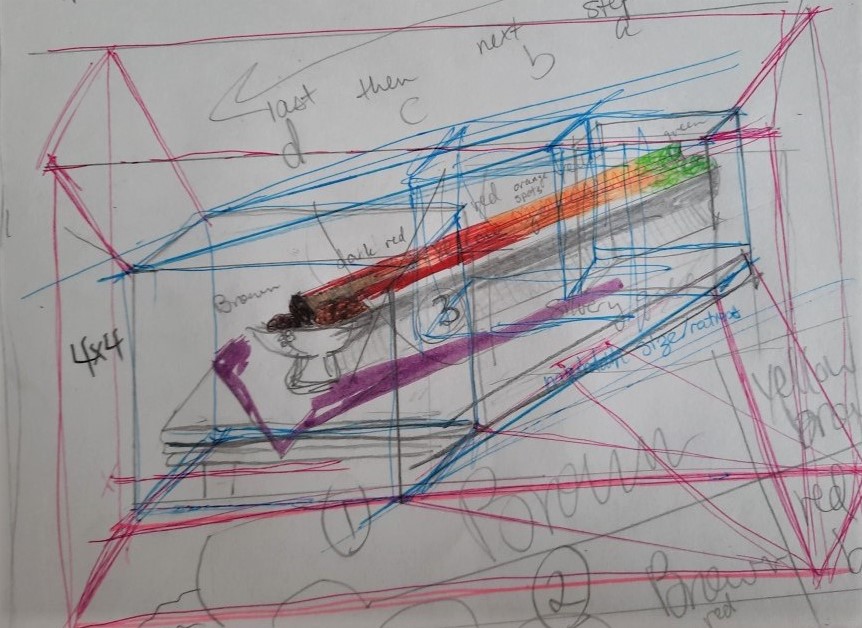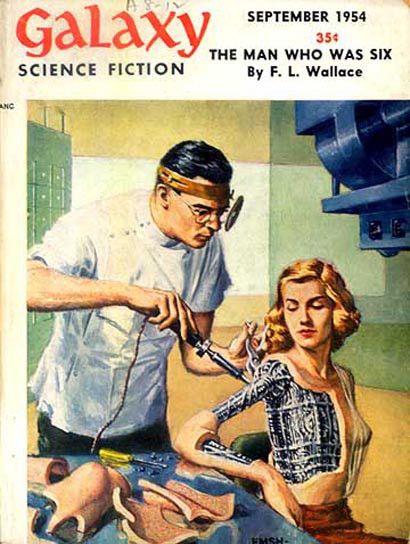Thanks to my partner, I am now interested in learning to paint. I used to like to draw but painting has always been a daunting task. There are so many parameters to worry about, like colour, strokes, light, proportionality; I think it overwhelmed me. From my perspective, drawing is a little simpler; you have lines and some shading if you’re good. I think the thing that I found the most daunting, however, was picking subject matter. Why do people draw or paint the things they do? Most of the time, I couldn’t think of anything to paint, and would always worry about how the final product would turn out. My fearful immature mind would think something like “if mediocrity is the enemy, then it’s probably best that I stick to what I’m good at.” How lame is that? So, it’s time to tackle the fear of colour-matching and start by just making a mess. That’s what toddlers do with paint, so that’s what I shall do too, but a little less literally because my sensorimotor cortex has a better grip on how to move my hand. It’s not a lot better, but it’s something.
The idea for what to paint came to me, luckily, one day as I was thinking about time and reading about Cézanne. I was thinking about all the versions of still-life fruits and flowers that exist in the world, and then realized that these images were a snapshot of the object’s life, and that at one point, that one apple might have been green rather than red, for example. What if one were to paint all of the snapshots of the apple? In that moment, my mind produced a weird multi-coloured snake inside a tesseract, and it was at that point that I knew I had to try to externalize this image.
With my limited skills in visual representation, I knew I would need to take this slowly and plan every step of the image-creation project. I know I will make mistakes, but planning ahead and determining the steps I need to take beforehand helps to reduce the impact of the errors on the final product. The dimensions were the first thing to plan out: how is this going to fit within the canvas? Next, it was making sure the components of the foreground were properly set in relation to each other. Now that I am working on colour and detail, the real challenge begins.
To take a representation from the mind’s eye and depict it with high fidelity on a piece of paper or canvas is the hardest step. This is made explicit in Derrida’s Memoirs of the Blind, and when I read segments of this book earlier in the year, it reminded me of the art I used to make as a kid and the feelings I had back then. That feeling of anxiety as the brain and body work together to represent a trait or idea (Derrida 36) is quite familiar, and perhaps it was this book that subconsciously rekindled my interest in creating visual art.Since skill is built up as the hand translates what the mind sees into line segments, angles, and shades of colour, I knew I would need a set “training-wheels” to get me going. By appealing to my experiences of drawing, I knew my pictures looked best when I could copy an image in front of me, as the external image is more concrete, visually, than my internal depiction. Existing still-life images act as my guide-dog as I feel around in the dark for ways of bringing this image to life. I know the vase needs to reflect light, but how? Fortunately, a quick internet search provides plenty of examples, but I am still looking for the right image, one that looks as close as possible to the scene in my imagination. I need to copy existing visual elements in order to articulate the ones produced by my neurons.
The lesson? More practice, less fretting. The expectations I place on my “art” are nothing but my own ideals, and after I challenge these ideals, the pleasure comes back. What ideals am I referring to? Productivity and achievement for the sake of bolstering one’s prospects or status, along with other notions that tend to suck the delight out of our endeavours. My partner often reminds me to enjoy the process and think less about the painting as a final product. Focus on the verb, not the noun. I am doing this for myself, not for the blog, not for my career, and certainly not for money. It’s an exercise in phenomenology, nothing more. Will thoughts of hustle-culture sneak up on me when I’m vulnerable? Yes, but that’s why this is about my inner representations, including those that make me doubt myself.

Works Cited
Derrida, Jacques, and Musée du Louvre. Memoirs of the blind: The self-portrait and other ruins. Chicago: University of Chicago Press, 1993.








